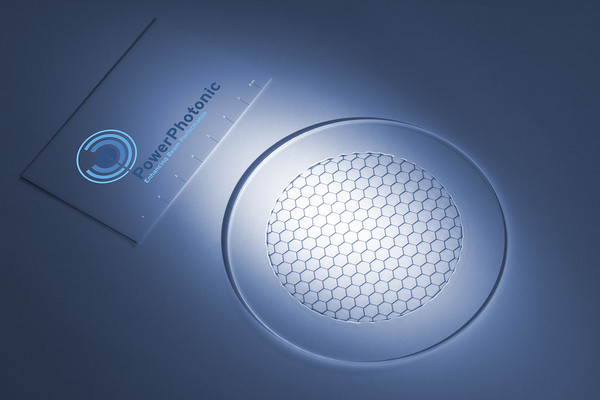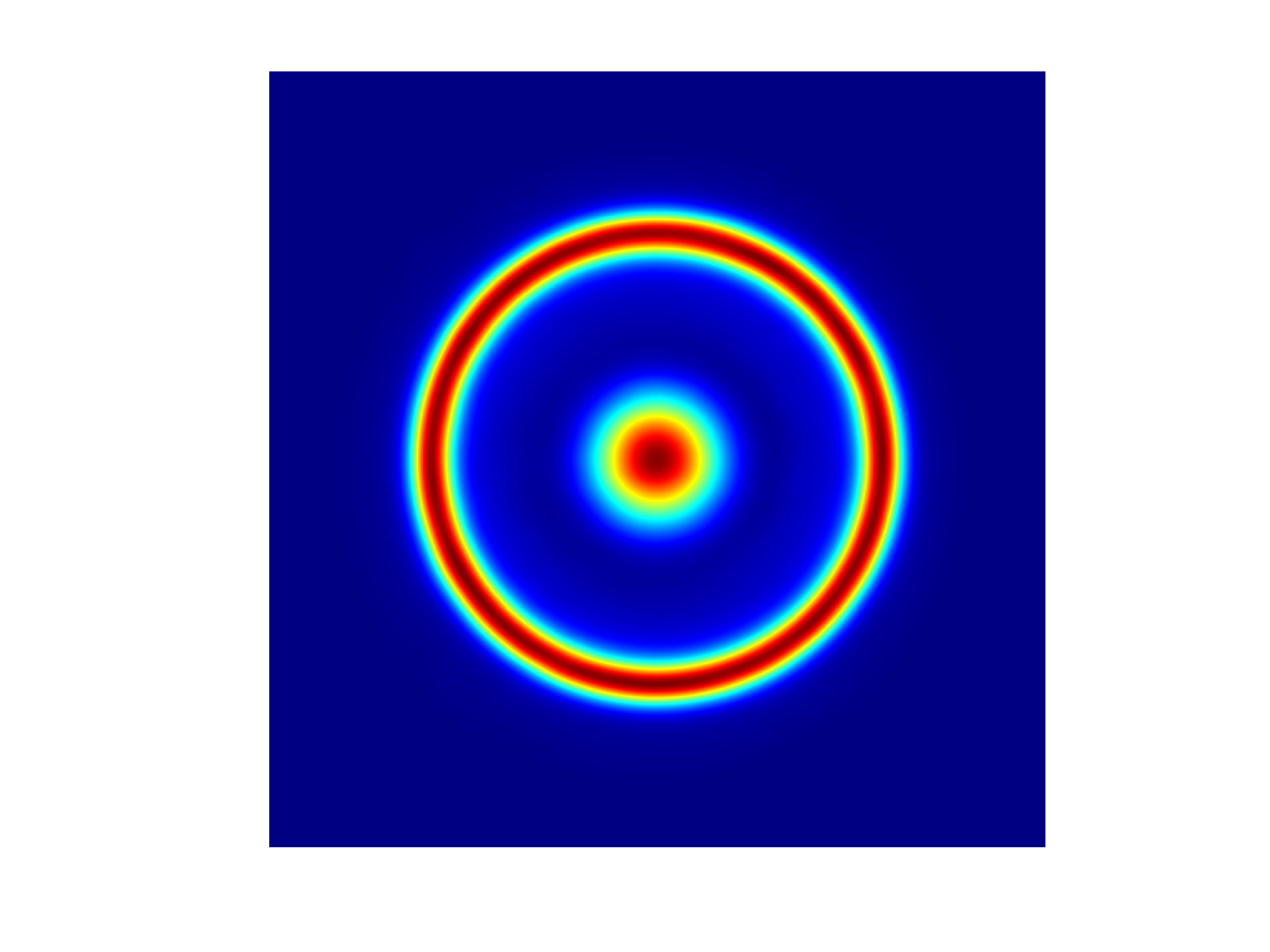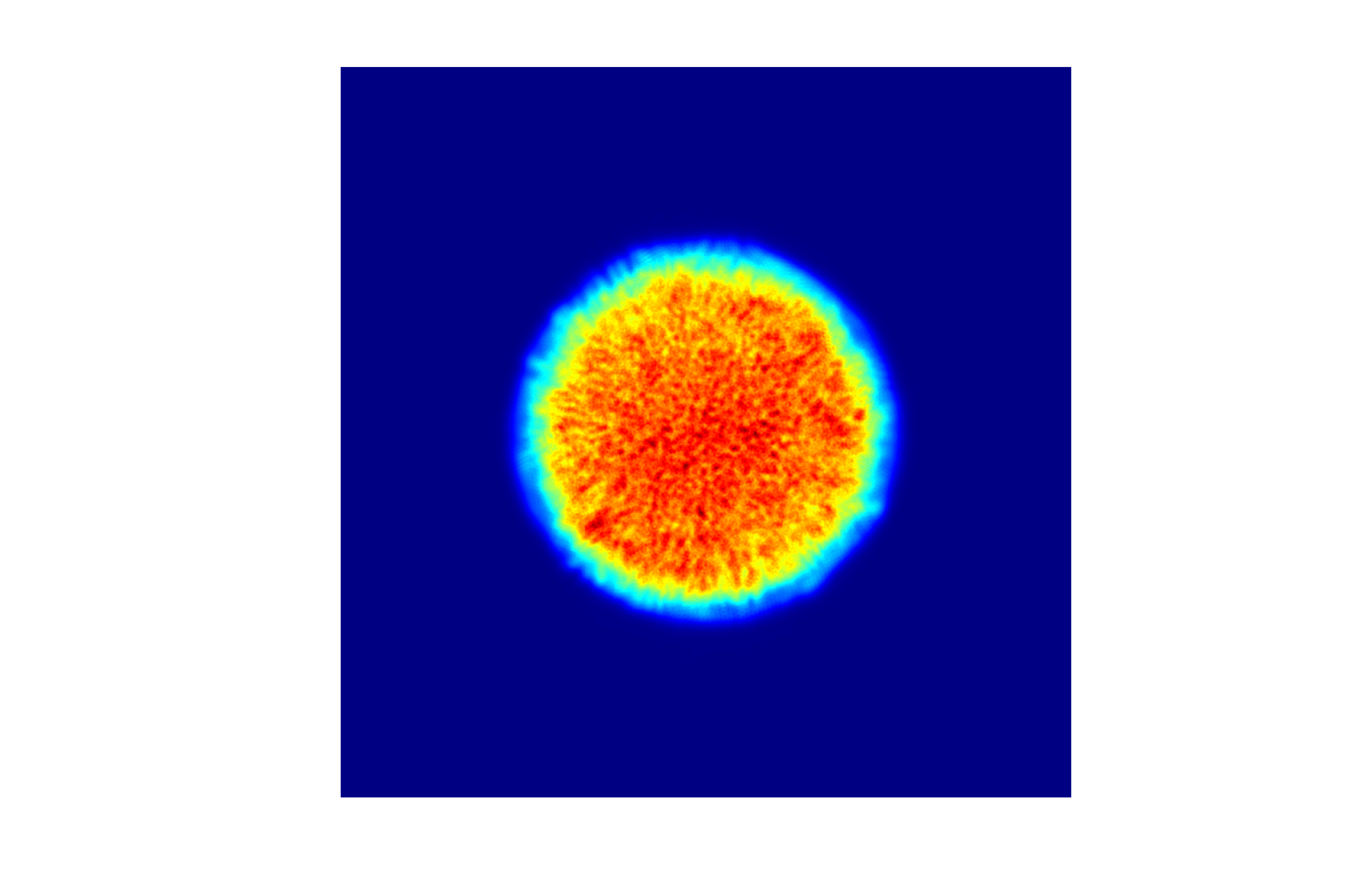In the field of laser welding, beam shaping techniques play a crucial role in optimizing the laser beam’s properties to enhance the welding process and improve the weld quality. Beam shaping allows for modifications to the laser beam’s shape, intensity distribution, and size. By tailoring the intensity profile, the heat input can be adjusted, optimizing the welding process for specific materials and joint configurations. This precise control over energy distribution ensures accurate weld characteristics, such as penetration depth and width, resulting in enhanced welding performance and quality.
PowerPhotonic’s range of PRIME multi-mode beam shapers are well suited to creating optimal shapes for laser welding, with an ability to be designed to create spots with no rotational symmetry,
Laser welding is an advanced technique that uses a focused laser beam to create precise and strong joints between metal components. The laser beam provides a concentrated heat source, melting the material at the joint and forming a melt pool. As the molten material solidifies, a robust weld is formed, joining the workpieces together. Laser welding offers various advantages over TIG/MIG and oxy-acetylene welding, including precise heat control, minimal distortion, high welding speeds, and the ability to join dissimilar materials.
A laser welding head is similar to a laser cutting head, but simpler: it does not (in general) need to supply a high pressure assist gas. Though, some heads can supply a low pressure shield gas to prevent rapid oxidation of material in the melt pool. Typically 1 lens is used inside the weld head to create an image of the end-face of the input optical fiber on the joint. The shape and profile of the spot on the joint location is determined by the optical fiber.




